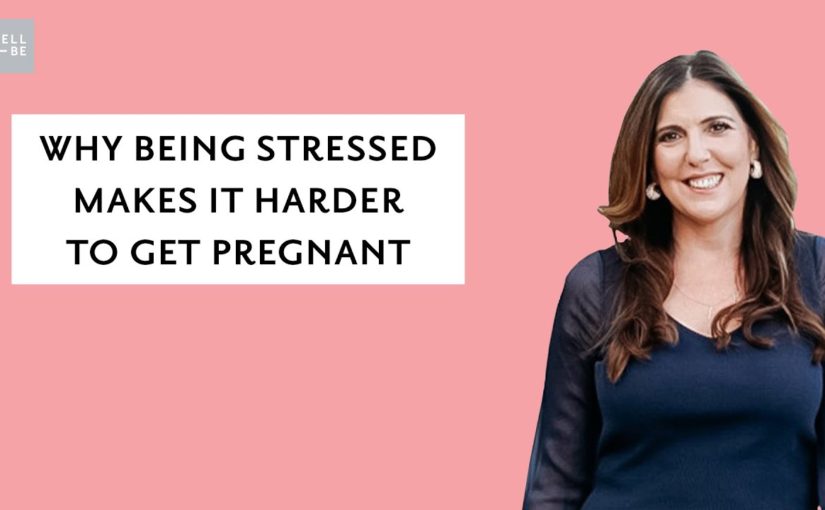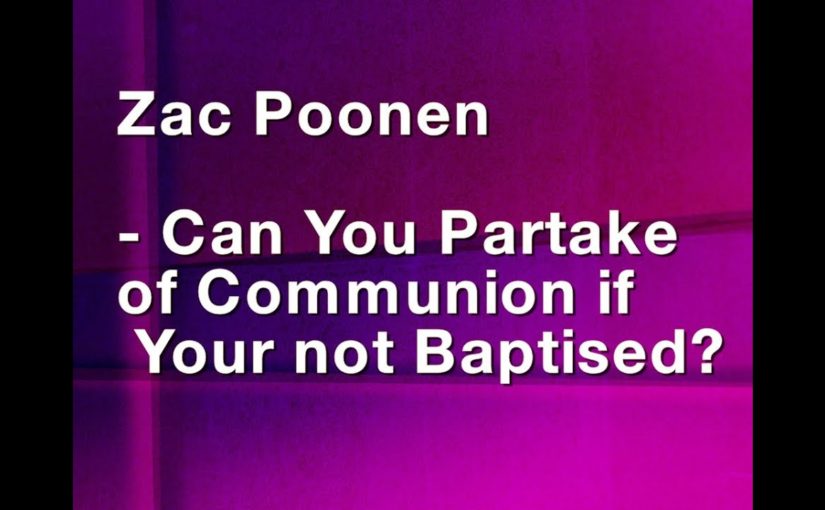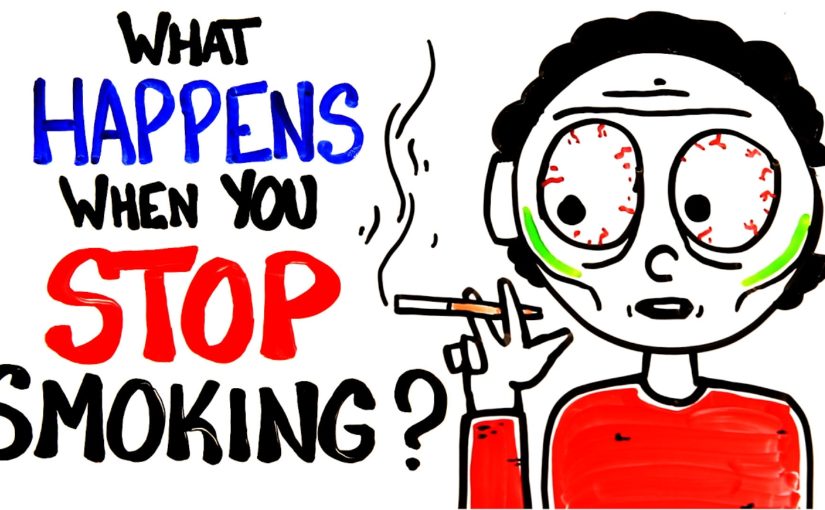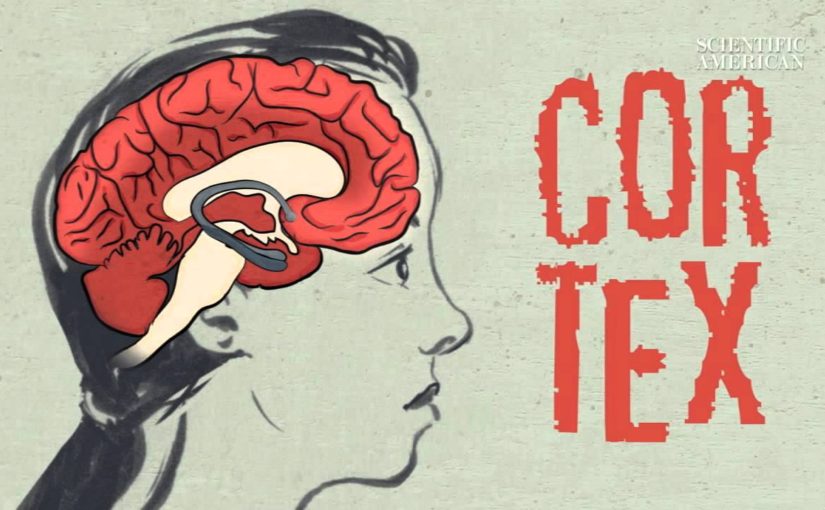https://www.youtube.com/watch?v=o3I0mJ2RfU0
With over 7,000 chemicals released each time you light a cigarette it’s no surprise that smoking is one of the
00:00:05leading causes of preventable deaths worldwide but with 1.3 billion people actively smoking what actually happens
00:00:13when you stop smoking within the first 20 minutes of quitting your blood pressure and heart rate return to normal
00:00:19this is because the nicotine in cigarettes released epinephrine and norepinephrine which increased your
00:00:24heart rate and narrowed blood vessels these effects also caused smokers extremities to feel colder but by now
00:00:30your hands and feet have returned to their normal temperature 2 hours in and the nicotine cravings begin causing
00:00:35moodiness drowsiness tense feelings and even difficulty sleeping because nicotine also releases more dopamine
00:00:41than normal these are expected physiological responses to the decrease in its release eight hours after
00:00:47quitting and the inhaled carbon monoxide clears allowing oxygen levels in the bloodstream to return to normal carbon
00:00:53monoxide and oxygen compete to bind to hemoglobin in your blood which stretches the circulatory system so as it clears
00:00:59there’s more room for oxygen however for long-term smokers this carbon monoxide exposure causes red blood cells to
00:01:05increase in size making the blood thicker and causing higher blood pressure and increased chances of
00:01:10developing blood clot surprisingly 24 hours after quitting coughing will actually increase which is your body’s
00:01:16way of clearing out all the toxins from the lungs additionally at this point the risk of developing various coronary
00:01:22artery diseases decreases all within 24 hours after 48 hours when nicotine and its metabolites are completely
00:01:30eliminated from your body damaged nerve endings begin to regrow the tar and other chemicals and cigarettes leave
00:01:36fewer taste buds that are flatter with less blood vessels they now begin to regain their sensitivity making food
00:01:42tastes better although chronic smokers may often have irreversibly damaged taste blood at the 72-hour mark nicotine
00:01:50withdrawal peaks with headaches nausea and cramps as well as emotional symptoms like anxiety and depression these
00:01:56symptoms can be seen by most addictive substances cluding caffeine but after this period
00:02:01the worst is officially over after one month the risk of developing type 2 diabetes cancer and cardiovascular
00:02:08diseases has already decreased in three to nine months the damage Celia and the lungs are almost fully repaired which
00:02:15are hairlike structures that help sweep away dust and debris and as a result symptoms such as coughing and shortness
00:02:20of breath are almost completely eliminated and around one year the risk of developing heart disease as a direct
00:02:26result of at the Roma formation which are deposits of fatty material or scar tissue from deteriorating arterial walls
00:02:32decreases by almost one-half in 10 years the chance of developing lung cancer decreases to half of someone who did not
00:02:40quit smoking and in 15 years time the risk of heart attack decreases to the same as someone who has never smoked
00:02:46their entire life of course this guideline is not definitive and the average amount you smoke per day or year
00:02:52will play a role in how well your body recovers unfortunately there will always be some irreversible damage to the lungs
00:02:59and increased susceptibility to developing various lung diseases and while quitting may be difficult the
00:03:04benefits greatly outweigh the initial withdrawal ultimately the best way to prevent this from happening is to not
00:03:10begin smoking at all need some extra motivation check out our videos to your lazy people which might give you the
00:03:16boost you need to kick your habit or focus on other goals you’re hoping to accomplish ask us your burning questions
00:03:21in the comments or on social media and subscribe for more weekly science videos every Thursday
 Cortisol is made from progesterone, downstream from progesterone. Hence, when
we have to make cortisol, progesterone goes down. With that all the other hormones that are
downstream from there including estrogen DHEA and testosterone are reproductive hormones or
hormones of sexual desire or hormones of fertility or hormones, you know, of pregnancy. So all of those get depleted to sacrifice to make this life-saving hormone cortisol. But when cortisol is going on for
too long you get this significant depletion and in my case it becomes infertility. So I always say and
teach this and I’ve taught residents and other physicians worldwide but the
eyes don’t see what the mind doesn’t know.As found on YouTubeꜱʟɪᴍᴄʀʏꜱᴛᴀʟ The World’s Only Slimming Crystal Water Bottles! The unique combination of crystals is so powerful that it has been used for decades by crystal healing experts to help thousands of men and women change their lives for the better ➯➱ ➫ ➪➬ ᴛʏᴘᴇ ᴏʀ ᴘᴀꜱᴛᴇ ʏᴏᴜʀ ᴄᴏɴᴛᴇɴᴛ ʜᴇʀᴇ [Official] ᵘᵖᵗᵒ ⁷⁰% ᵒᶠᶠ ᵗᵒᵈᵃʸ!
Cortisol is made from progesterone, downstream from progesterone. Hence, when
we have to make cortisol, progesterone goes down. With that all the other hormones that are
downstream from there including estrogen DHEA and testosterone are reproductive hormones or
hormones of sexual desire or hormones of fertility or hormones, you know, of pregnancy. So all of those get depleted to sacrifice to make this life-saving hormone cortisol. But when cortisol is going on for
too long you get this significant depletion and in my case it becomes infertility. So I always say and
teach this and I’ve taught residents and other physicians worldwide but the
eyes don’t see what the mind doesn’t know.As found on YouTubeꜱʟɪᴍᴄʀʏꜱᴛᴀʟ The World’s Only Slimming Crystal Water Bottles! The unique combination of crystals is so powerful that it has been used for decades by crystal healing experts to help thousands of men and women change their lives for the better ➯➱ ➫ ➪➬ ᴛʏᴘᴇ ᴏʀ ᴘᴀꜱᴛᴇ ʏᴏᴜʀ ᴄᴏɴᴛᴇɴᴛ ʜᴇʀᴇ [Official] ᵘᵖᵗᵒ ⁷⁰% ᵒᶠᶠ ᵗᵒᵈᵃʸ! Cortisol is made from progesterone, downstream from progesterone. Hence, when
we have to make cortisol, progesterone goes down. With that all the other hormones that are
downstream from there including estrogen DHEA and testosterone are reproductive hormones or
hormones of sexual desire or hormones of fertility or hormones, you know, of pregnancy. So all of those get depleted to sacrifice to make this life-saving hormone cortisol. But when cortisol is going on for
too long you get this significant depletion and in my case it becomes infertility. So I always say and
teach this and I’ve taught residents and other physicians worldwide but the
eyes don’t see what the mind doesn’t know.As found on YouTubeꜱʟɪᴍᴄʀʏꜱᴛᴀʟ The World’s Only Slimming Crystal Water Bottles! The unique combination of crystals is so powerful that it has been used for decades by crystal healing experts to help thousands of men and women change their lives for the better ➯➱ ➫ ➪➬ ᴛʏᴘᴇ ᴏʀ ᴘᴀꜱᴛᴇ ʏᴏᴜʀ ᴄᴏɴᴛᴇɴᴛ ʜᴇʀᴇ [Official] ᵘᵖᵗᵒ ⁷⁰% ᵒᶠᶠ ᵗᵒᵈᵃʸ!
Cortisol is made from progesterone, downstream from progesterone. Hence, when
we have to make cortisol, progesterone goes down. With that all the other hormones that are
downstream from there including estrogen DHEA and testosterone are reproductive hormones or
hormones of sexual desire or hormones of fertility or hormones, you know, of pregnancy. So all of those get depleted to sacrifice to make this life-saving hormone cortisol. But when cortisol is going on for
too long you get this significant depletion and in my case it becomes infertility. So I always say and
teach this and I’ve taught residents and other physicians worldwide but the
eyes don’t see what the mind doesn’t know.As found on YouTubeꜱʟɪᴍᴄʀʏꜱᴛᴀʟ The World’s Only Slimming Crystal Water Bottles! The unique combination of crystals is so powerful that it has been used for decades by crystal healing experts to help thousands of men and women change their lives for the better ➯➱ ➫ ➪➬ ᴛʏᴘᴇ ᴏʀ ᴘᴀꜱᴛᴇ ʏᴏᴜʀ ᴄᴏɴᴛᴇɴᴛ ʜᴇʀᴇ [Official] ᵘᵖᵗᵒ ⁷⁰% ᵒᶠᶠ ᵗᵒᵈᵃʸ!








